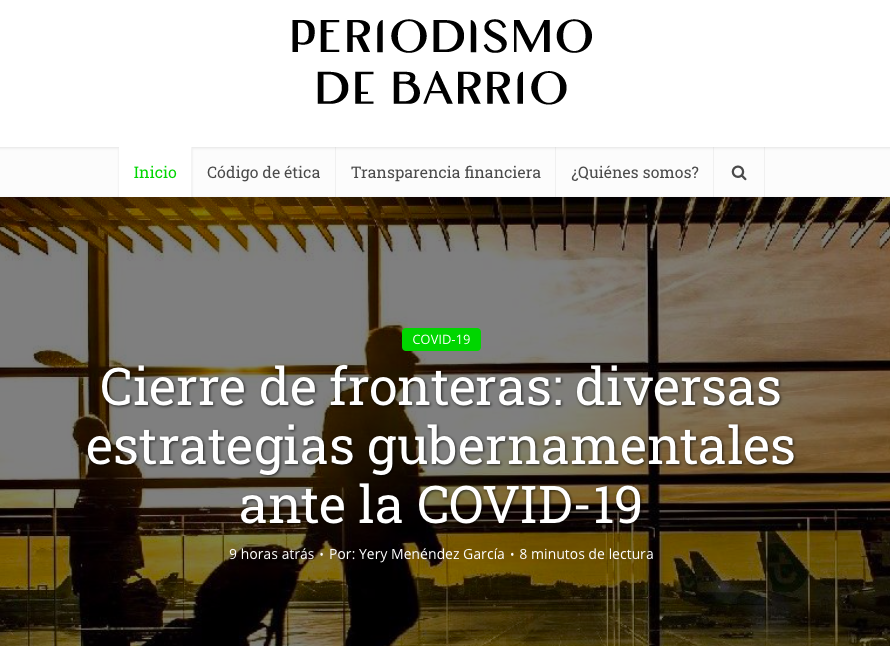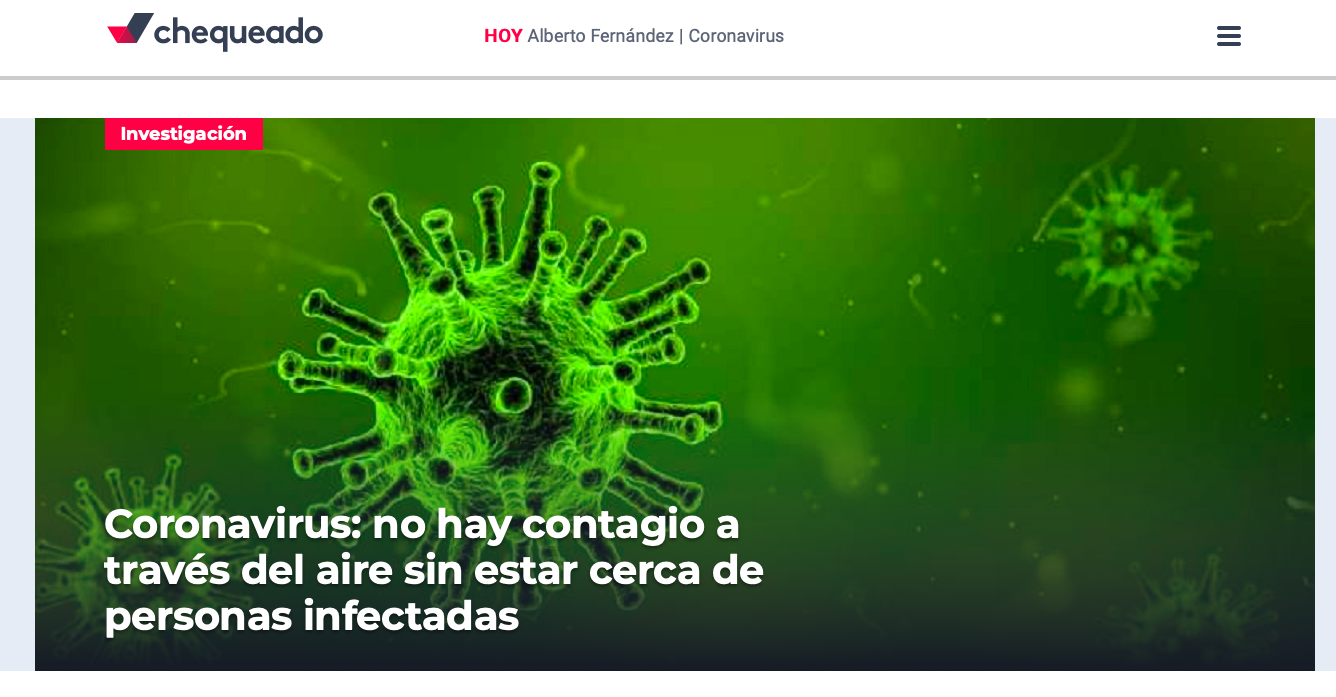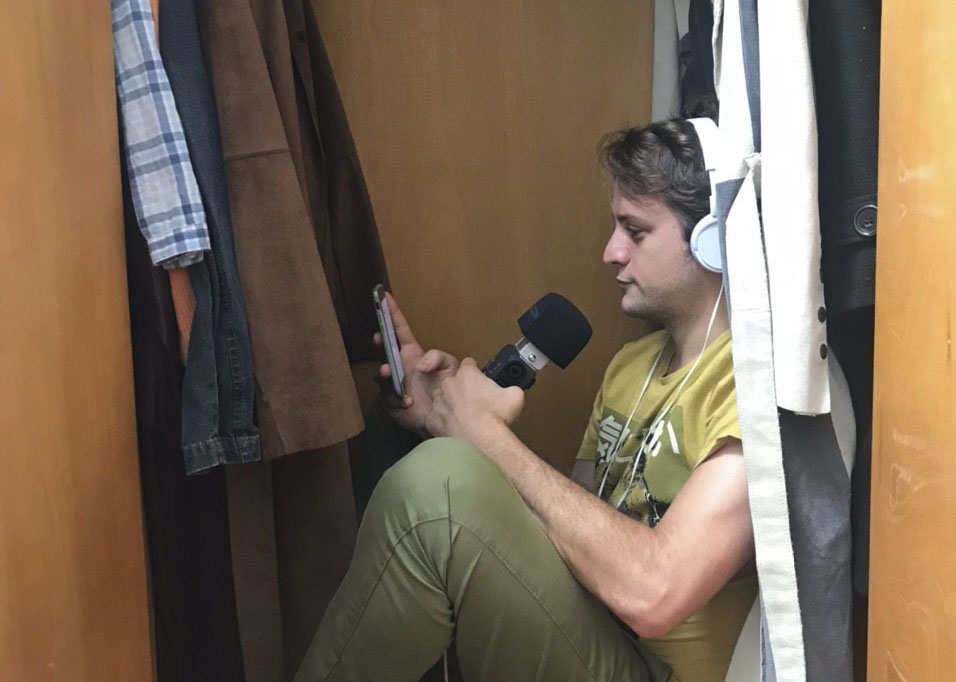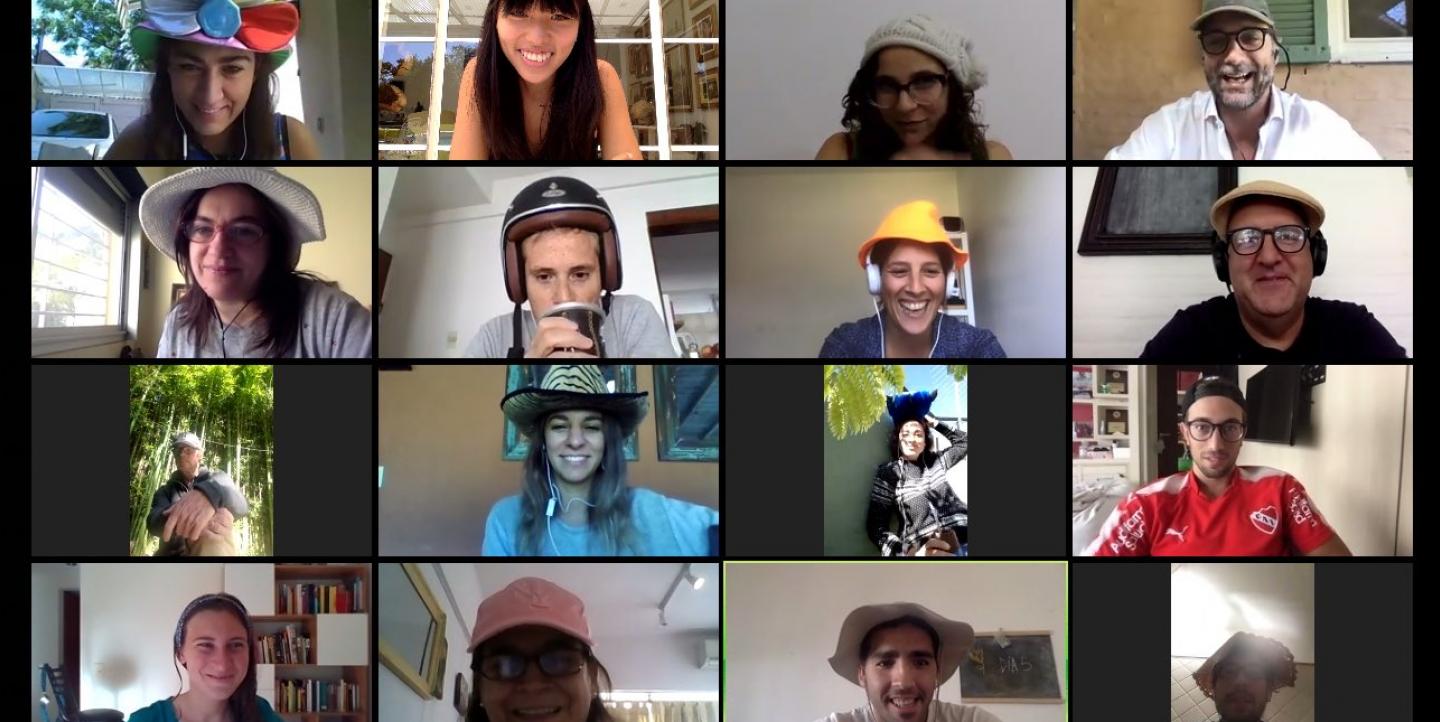This article is part of our online coverage of reporting on COVID-19. To see more resources, click here.
As measures to contain COVID-19 spread around the world and millions of people are quarantined in their homes, reliable, fact-checked news is more important than ever. News audiences are growing in record numbers, but for many media organizations, income is falling.
Many businesses that are affected by the economic situation are suspending their advertisements, and public events and conferences have already been canceled through May — and possibly longer. Some media report that their subscriptions and memberships are growing, but in the face of so much uncertainty, they already fear that readers may soon cancel.
What are independent digital native media doing to survive this unprecedented crisis, and what do those working on media sustainability recommend?
Alliances make media organizations stronger
"When the economy is a concern, the first thing that is cut is advertising," said Patricia Torres-Burd, managing director of media services of the Media Development Investment Fund. For her, everyone is concerned about cash flow. "You have to prepare for a new normal," she said.
"This is the time to strengthen the relationship with your audience. You have to understand what the competition is doing and even partner with other local, national or regional media and organizations," she added.

Periodismo de Barrio and El Toque, two independent digital media sites in Cuba, joined forces to cover the coronavirus on the island. First, they created a safety plan for their teams to follow in the field: “We realized that by combining forces our teams were stronger together because our media sites have different strengths,” said Elaine Díaz, founder of Periodismo de Barrio.
"We began by evaluating how to produce more news, how to report better, and how to lower the risks for people who needed to go out on the street," she said. For Díaz, it was not just about informing the community, but about limiting the risk to reporters, photographers, and videographers. By combining forces, they were able to reduce the number of people who have to go out in public to cover the news.
"Like any alliance, the processes were imperfect, but fortunately both teams were trained in virtual work," said Díaz. The safety precautions and expanded news coverage increased expenses so project leaders contacted funders to see how they could redirect budgets to cover the new costs.
"In the end, our partnership helped us lower costs because each media site covered the costs of producing the content in the formats they specialized in. We even managed to get some funders to give us more financial support because they recognized the importance of supporting our work together," she said.
Díaz said the crises helped them to understand the value of working together, adding that the experience could lead to more alliances in the future.
[Read more: Want to better serve your readers regarding COVID-19? Read these tips.]
Reach out to funders and readers
In times of crisis, long hours covering stories and the need to adapt to new forms of remote work can be difficult to prioritize business and management. However, early communication with funders, clients, advertisers, members or donors can make a difference in the short and long term.
Depending on the type of media site, recommendations vary from cooperating with other media to developing virtual training programs to considering new services for third parties that may not be as well prepared to communicate with customers and employees. The most consistent recommendation is to establish two-way communication with audiences and funders as quickly as possible.
“Before the quarantine even started in Argentina, we sent an email to each of our donors asking for a call to reassess projects or adjust deadlines and expectations because we knew the pandemic was coming to our country,” said Laura Zommer, director of Chequeado, an independent digital media site and fact-checking pioneer in Latin America. “We were reassured that the vast majority of our supporters were on the same page.”

Zommer said that some funders were even more flexible than they expected. She recommended having conversations with funders as soon as possible and doing so face-to-face (in video calls) in order to better connect and assess their reactions. "We reached out, in some cases, before our funders sent their official communications, and our prompt reaction helped give them peace of mind," she said.
[Read more: The role of solutions journalism in reporting on COVID-19]
From meetings in-person to the virtual world
Almost overnight, the majority of the population had to switch from in-person interactions to the virtual world. From telecommuting, to meeting with friends on the computer screen, to yoga classes and recitals via cell phone, the change was rapid. Yet many are still learning to make the most of these digital tools.

"I think that today we have an opportunity to use these virtual spaces in new ways," said Mijal Iastrebner, co-founder and director of SembraMedia. “Until now, they were only online workspaces, but the truth is that this view is limiting, given the possibilities offered by virtual connections,” she said. “I'm not just talking about content generation, but about interacting more deeply with our communities.”.
Media must also face the challenge of news saturation, as well as the many other competitors for audience attention. With an unprecedented number of people trapped in their homes, the consumption of digital news and entertainment has skyrocketed. This moment creates opportunities for organizations that can quickly adapt to working in the virtual world.
"Teams that have greater flexibility and adaptability can communicate information better tailored to digital consumption," said María Catalina Colmenares, program director for Latin America for the Media Development Investment Fund. "They can use these capabilities to design strategies that attract new and loyal audiences through innovative coverage. These new products or approaches can produce unexpected, and hopefully sustained growth."
"It’s crucial that each of the independent media teams we work with figures out how to adapt their work to this new reality because they are providing a vital service with their high-quality content," said Vanina Berghella, director of Velocidad. "In the midst of the pandemic, the digital media we work with are facing the challenge by producing original, fact-checked content. Their effort not only serves the community, it builds credibility and fosters audience loyalty."
Red/Acción, an independent digital media project in Argentina, produces infographics and videos for its community, and has expanded its audience since the start of the pandemic. Their team quickly adapted to remote work, and to help their audience understand what they were doing, they published screenshots of their virtual sessions, including one in which they all wore different kinds of colorful hats to give the image more personality.
The Revista Anfibia team, a Latin American news site that specializes in long-form journalism, had to solve a variety of technical problems as they started working virtually.
Tomás Perez Vizzón, director of the Anfibia Podcast (among the most popular in the region on Spotify) had to figure out how to produce podcasts without their sound-proofed studio and recording equipment. To produce “Muy en una,” their special coronavirus edition, Vizzón created a makeshift studio in the closet of his home, using t-shirts and jackets as insulation for sound proofing. Then he broadcast a live stream of what he was doing to show his audience the conditions he was working under and share some recording tips with other podcasters.

Colmenares warned that it’s important not to neglect analytics as you work in this new context. “To maintain your flexibility and adaptability, pay attention to the indicators, analytics, behavior patterns and feedback from the community. These are vital to making data-based decisions about coverage, products and distribution channels,” she said.
Consider new services
"For those of us who offer agency services to third parties, there is an opportunity to offer new communication services in times of crisis," said Isabela Ponce, co-founder of GK, and independent digital media site in Ecuador. Companies need help communicating with their employees and customers. "The first step is to identify the customer, the type of product and service and what we believe is their greatest challenge at the moment, and then to offer them a solution."
Torres-Burd said she doesn’t recommend starting radically new projects in this context, but she does recommend expanding the services and content that you already offer. “At the moment, there is a big wave of new visitors who consume news, but this will be reduced. We are all human and eventually we will suffer news fatigue and look for a break. This is a great opportunity to guide audiences to other kinds of content."
For example, she recommends expanding newsletters with useful information for industries or employees, publishing financial or transportation reports, creating guides on how to communicate with lawmakers and governments, sharing book or recipe recommendations, launching virtual events to delve into mental health care or other vital issues in this context, such as gender violence and confinement.
"Journalism as a service is more necessary than ever and we must not forget that our lives have radically changed,” she said. “ We have the same needs as before and even more.”
“This crisis presents an opportunity not to be missed. On revenue and sales, it's time to offer discounts for upfront payments and think creatively by restructuring your offerings by becoming a true partner for brands and customers at this challenging time," she said.
"We are facing an unusual crisis that will definitely change many of our behaviors," said Zommer of Chequeado. “In general, journalists who have founded media projects have done so with the conviction that our communities needed something that they were not getting. I believe that in this context the values that led us to embark on these projects make even more sense than ever.”
Colmenares noted that Latin America may have an opportunity to avoid some of the problems that are already happening in other parts of the world. "We must bring attention to the possible effects on sustainability arising from the crisis caused by the Coronavirus, bearing in mind that no one knows how much local economies are going to be affected," she said.
Janine Warner is the founder and executive director of SembraMedia, an organization dedicated to improving the quality of news content available in Spanish. She is an expert at helping digital media entrepreneurs implement sustainable business practices and generate new sources of revenue online. Learn more about her work as an ICFJ Knight Fellow here.
This article was originally published on SembraMedia's blog. It was republished on IJNet with permission.
Coming soon on the SembraMedia blog: “How to support your team in times of crisis” by Mijal Iastrebner and “Digital strategies to support your community in isolation” by Felicitas Carrique.

